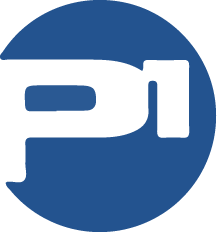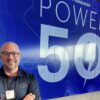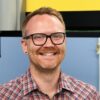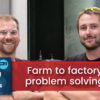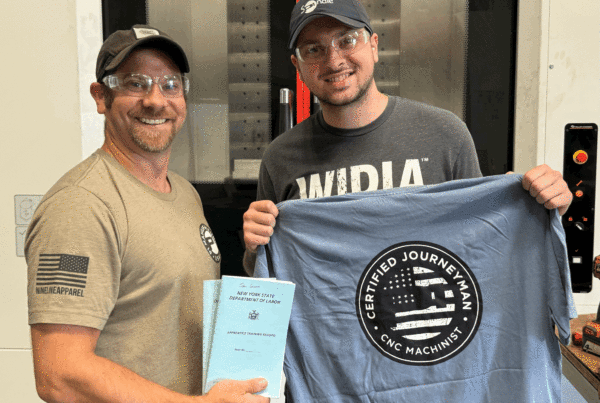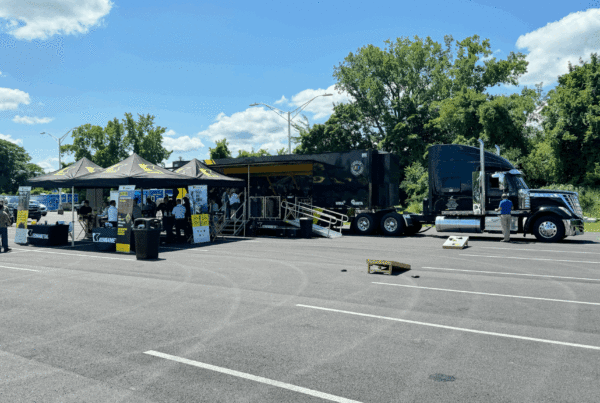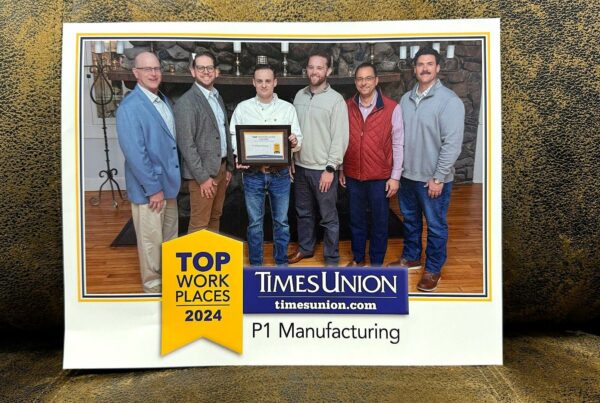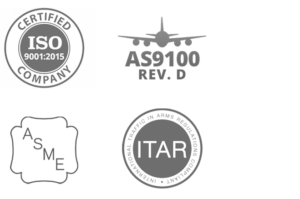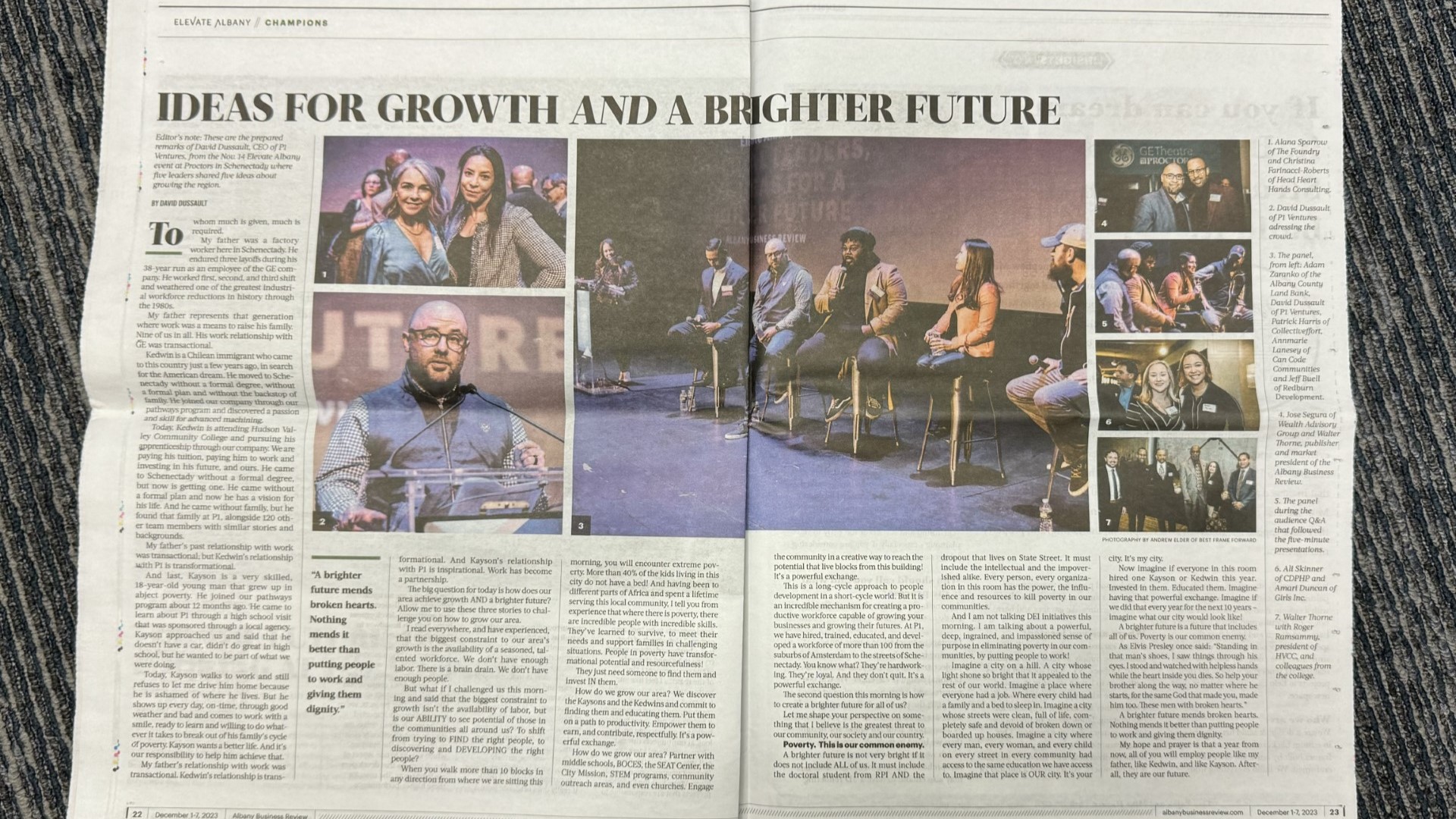
Ideas for Growth and a Brighter Future
To whom much is given, much is required.
My father was a factory worker here in Schenectady. He endured 3 layoffs during his 38-year run as an employee of the GE company. He worked first, second, and third shift and weathered one of the greatest industrial workforce reductions in history through the 1980’s.
My father represents that generation where work was a means to raise his family. Nine of us in all. His work relationship with GE was transactional.
Kedwin is a Chilean immigrant who came to this country just a few years ago, in search for the American dream. He moved to Schenectady without a formal degree, without a formal plan and without the backstop of family. He joined our company through our pathways program and discovered a passion and skill for advanced machining.
Today, Kedwin is attending HVCC and pursuing his apprenticeship through our company. We are paying his tuition, paying him to work and investing in his future, and ours. He came to Schenectady without a formal degree, but now is getting one. He came without a formal plan and now he has a vision for his life. And he came without family, but he found that family at P1, alongside 120 other team members with similar stories and backgrounds.
My father’s past relationship with work was transactional; but Kedwin’s relationship with P1 is transformational.
And last, Kaysan is a very skilled, 18-year-old young man that grew up in abject poverty. He joined our pathways program about 12 months ago. He came to learn about P1 through a high school visit that was sponsored through a local agency. Kaysan approached us and said that he doesn’t have a car, didn’t do great in High School, but he wanted to be part of what we were doing.
Today, Kaysan walks to work. He shows up every day, on-time, through good weather and bad and comes to work with a smile, ready to learn and willing to do whatever it takes to break out of his family’s cycle of poverty. Kaysan wants a better life. And it’s our responsibility to help him achieve that.
My father’s relationship with work was transactional. Kedwin’s relationship is transformational. And Kaysan’s relationship with P1 is inspirational. Work has become a partnership.
The big question for today is how does our area achieve growth and a brighter future? Allow me to use these three stories to challenge you on how to grow our area.
I read everywhere and have experienced that the biggest constraint to our area’s growth is the availability of a seasoned, talented workforce. We don’t have enough labor. There is a brain drain. We don’t have enough people.
But what if I challenged us this morning and said that the biggest constraint to growth isn’t the availability of labor, but is our abilityto see potential of those in the communities all around us? To shift from trying to find the right people, to discovering and developing the right people?
When you walk more than 10 blocks in any direction from where we are sitting this morning, you will encounter extreme poverty. More than 40% of the kids living in this city do not have a bed! And having been to different parts of Africa and spent a lifetime serving this local community, I tell you from experience that where there is poverty, there are incredible people with incredible skills. They’ve learned to survive, to meet their needs and support families in challenging situations.
People in poverty have transformational potential and resourcefulness!
They just need someone to find them and invest in them.
How do we grow our area? We discover the Kaysan’s and the Kedwin’s and commit to finding them and educating them. Put them on a path to productivity. Empower them to earn, and contribute, respectfully. It’s a powerful exchange.
How do we grow our area? Partner with middle schools, BOCES, the SEAT center, the City Mission, Stem programs, community outreach areas, and even churches. Engage the community in a creative way to reach the potential that live blocks from this building! It’s a powerful exchange.
This is a long-cycle approach to people development in a short cycle world. But it is an incredible mechanism for creating a productive workforce capable of growing your businesses and growing their futures. At P1, we have hired, trained, educated, and developed a workforce of more than 100 from the suburbs of Amsterdam to the streets of Schenectady. You know what? They’re hard working. They’re loyal. And they don’t quit.
It’s a powerful exchange.
The second question is how to create a brighter future for all of us?
Let me shape your perspective on something that I believe is the greatest threat to our community, our society, and our country. Poverty. This is our common enemy.
A brighter future is not very bright if it does not include ALL of us. It must include the doctoral student from RPI and the dropout that lives on State Street. It must include the intellectual and the impoverished, alike. Every person, every organization in this room has the power, the influence and resources to kill poverty in our communities.
And I am not talking DEI initiatives. I am talking about a powerful, deep, ingrained, and impassioned sense of purpose in eliminating poverty in our communities, by putting people to work!
Imagine a city on a hill. A city whose light shone so bright that it appealed to the rest of our world. Imagine a place where everyone had a job. Where every child had a family and a bed to sleep in. Imagine a city whose streets were clean, full of life, completely safe and devoid of broken down or boarded up houses. Imagine a city where every man, every woman, and every child on every street in every community had access to the same education we have access to.
Imagine that place is OUR city. It’s your city. It’s my city.
Now imagine if everyone in this room hired one Kaysan or Kedwin this year. Invested in them. Educated them. Imagine having that powerful exchange. Imagine if we did that every year for the next 10 years – imagine what our city would look like!
A brighter future is a future that includes all of us. Poverty is our common enemy.
As Elvis Presley once said:
“Standing in that man’s shoes, I saw things through his eyes. I stood and watched with helpless hands while the heart inside you dies. So, help your brother along the way, no matter where he starts, for the same God that made you, made him too. These men with broken hearts.”
A brighter future mends broken hearts.
Nothing mends it better than putting people to work and giving them dignity.
My hope and prayer is that a year from now, all of you will employ people like my father, like Kedwin, and like Kayson.
After all, they are our future.
